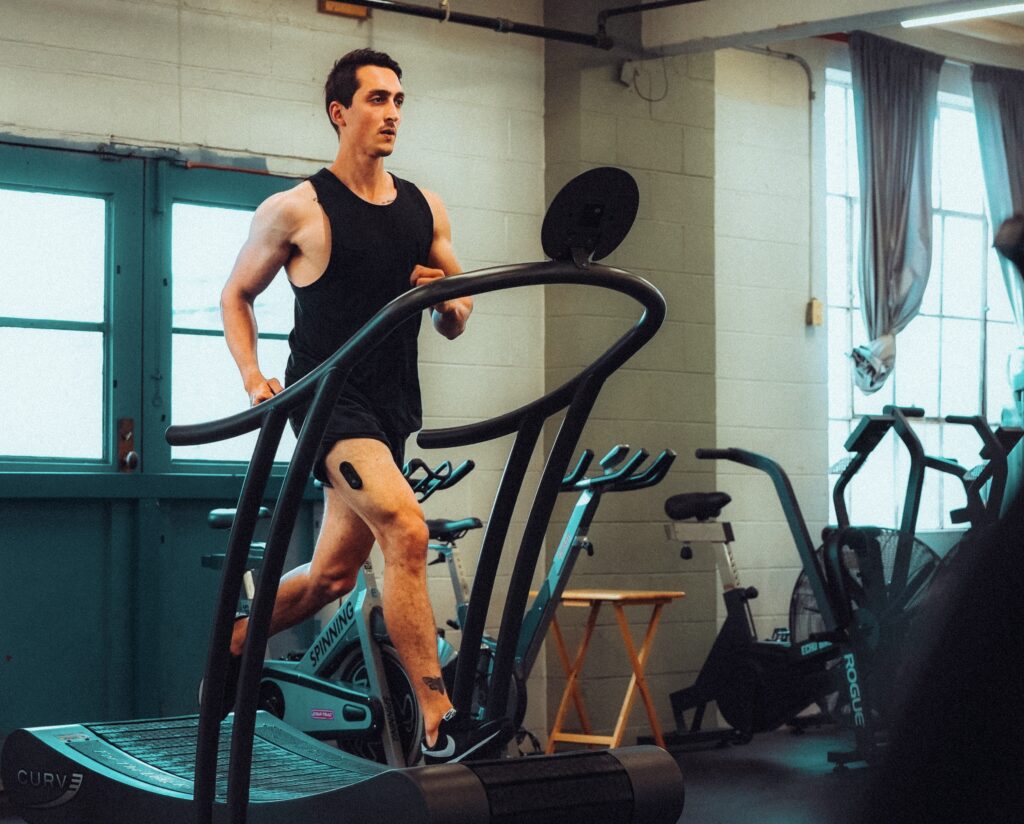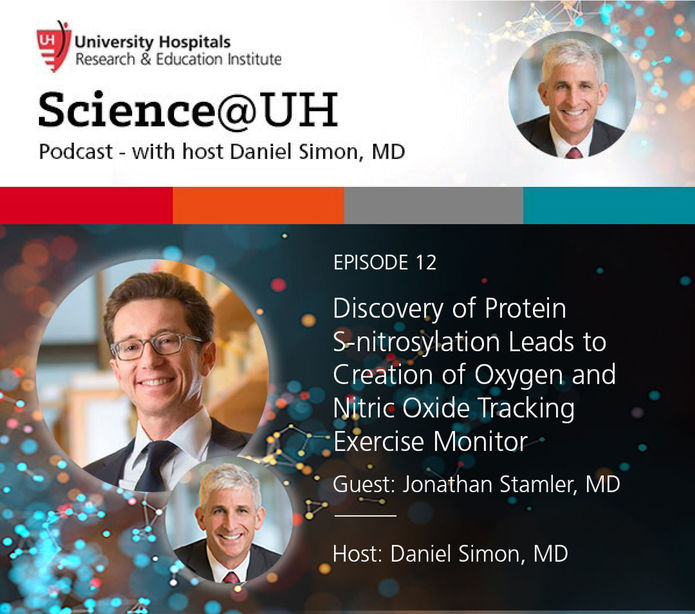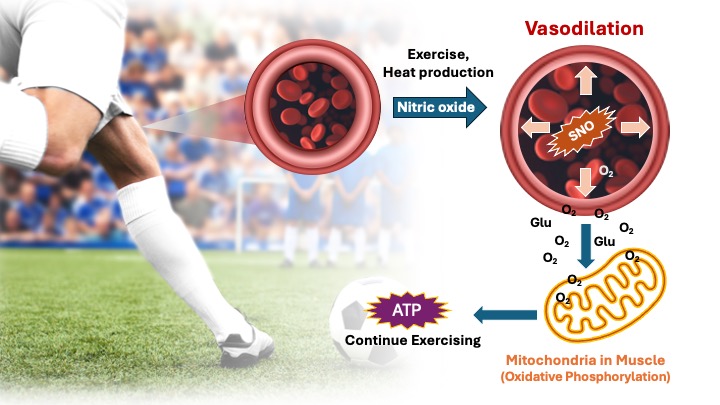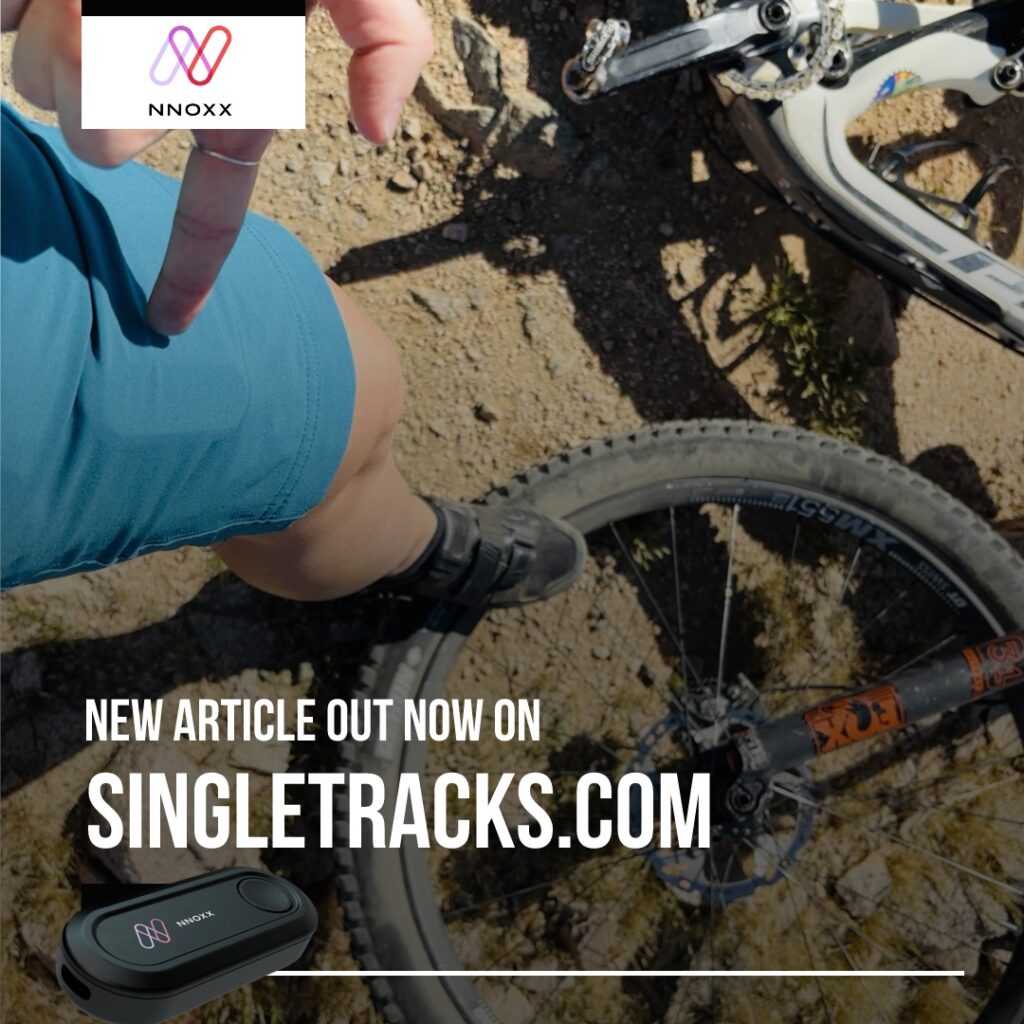We are continuously searching for new ways to discover and implement data-driven performance advantages in sport and fitness. At the top, a mere 1% difference in speed, agility or strength marks the difference between a win and a loss. Illustratively profound, this could be clenching an Olympic gold medal, or settling with silver, separated only by a significant tenth of a second (or less). Rightfully so, the pursuit to improve the efficiency and effectiveness of training and recovery continues, often led by new ways to gain physiological insight. Sometimes, millions of dollars are riding on it.
Average, health-conscious adults make up a large proportion of our population – much larger than paid athletes. Informational goals are differentiated, where instead of requiring data that defines the potential of a career, exercise enthusiasts and those looking to simply improve their wellbeing would like to understand where their body’s baseline lies across the fitness continuum. Here, it is important in understanding how to construct a pathway toward improved wellness and general functional performance. This could be taking vitals and constructing an exercise plan to improve blood pressure, resting heart rate, and weight. To get there, it is common to use steps, miles walked or run, minutes cycled, or time in a given heart rate zone. These are obtainable and task-oriented goals to guide people to an often arbitrary objective of “better.” But for the general physio-info consumer, what actually and understandably indicates better?
It may sound counterintuitive, but its more sensible to deliver simplified data, or less overall. This does not necessarily mean less collected data, but less information being delivered to avoid bombarding the user and turning them off altogether. Simplifying information into neatly packaged and actionable notifications may mean the difference between getting off the couch and taking off the device.

The likes of Apple’s gamified rings and Whoop’s AI coach are a solid attempt at providing a solution to both the sedentary and enthusiast masses. But the data going into these platforms isn’t exactly novel, at least not anymore. There is a lot of replication between device manufacturers that use the same LED-based technologies to re-package already well-understood information and say, “Hey! We have something new… ish,” when really the insights are typically an amalgam of heart rate, variability in heart rate, skin temperature, respiratory rate, and sometimes blood oxygen saturation.
This repackaging has left a void. From a performance perspective, the elite and amateurs have spoken, and spoken somewhat loudly. They want information that can be collected by one device, and ideally delivered to one platform. They want it to not interfere with what they are doing, and they would prefer it to be non-invasive, like a smartwatch or band. The consumers do not want it to look like they are wearing anything prescribed by a doctor. But technology dreams do not always come true quickly. The pursuit to deliver glucose and lactate monitors that can satisfy the needs of professional triathletes and cyclists in a way that replaces 1500 ear lobe sticks a season is further in the distance than most people realize. Why? Measuring stuff through the skin (and deeper) is just hard, and doing it accurately is harder.
This is where the wearable industry is, and there are two major hurdles in the wearable technology race: 1. Provide truly new insights, and, 2. do it in a way that satisfies the needs of the people using the information. Interestingly, hematological and genetic research in the area of nitric oxide physiology has come to a complimentary head with the fitness monitoring device manufacturer, NNOXX Inc. There are several reasons this could provide a solution to both needs.
It’s scientifically accepted that regular exercise is beneficial for cardiovascular fitness and health, protecting the heart and reducing the risk of cardiovascular disease, improving contractility, ejection fraction and vascular compliance. Hematological adaptations also occur, such as greater blood plasma volume and red blood cell / hemoglobin upregulation to carry more oxygen. Acutely, one impact of exercise on the vascular system is the stimulation of nitric oxide production, a primary regulator of blood pressure and blood flow. Over time with training, a faster and greater nitric oxide response results.

Bioactive nitric oxide carried on red blood cells particularly acts as a gatekeeper, responsible for unlocking the supply of oxygen needed to meet demand through the dilation of small vessels when the stress of exercise is applied to the body. It’s mechanism impacts how much oxygen is available for mitochondrial work. It also directs blood to the periphery for cooling when core temperature starts to rise and the body starts producing and dissipating heat in response to exercise.
Being able to measure the impact of training on localized fitness (e.g. in specific body areas/tissues) and translate the physiology to whole-body health and conditioning has been a tough hurdle to surpass for consumer wearable device developers. Bioactive nitric oxide, blood flow and muscle oxygenation, particularly in combination, would provide an understanding of regional-level responses to exercise in the tissue or area being worked, like the thigh during cycling.
So how is the NNOXX device able to address some of the current problems facing wearable device developers?
- The NNOXX platform provides information based on two important and relatively new biometrics: muscle oxygen saturation (SmO2) and bioactive nitric oxide (S-nitrosohemoglobin, or SNO). A change in muscle oxygen saturation tells us how much oxygen is being used by working muscle to perform, and how quickly the body can reach a steady state by upping flow and delivery of oxygen where its needed (e.g. getting supply to meet demand). The production of bioactive nitric oxide will tell you how quickly and intensely your body is responding to the new oxygen and nutrient demand. Nitric oxide stimulates an increase in blood flow to the specific area they are needed.
- The biomarkers provide valuable, regional insights into actual muscle performance. This can be transformed into understanding recovery, readiness before the next workout, inferring real-time uptake of oxygen and nutrients, and how well these systems are adapting to training.
- Over time, if training and conditioning are effective, trends in overall nitric oxide response and production should increase. Changes and stabilization of muscle oxygenation during steady state should be faster.

What does all of this mean? NNOXX can provide a tissue-level perspective of how well the body is functioning during an exercise session, if the body is ready for the next session, and if the exercises being chosen are appropriate and effective based on an immediate individual assessment.
One major benefit about the device measurements and software platform is that it can be used during a large number of exercise conditions. Running, cycling, resistance exercise, rowing – all of these modalities stimulate a need for increased oxygen and nutritive fuel and therefore an increased need for regional, muscular blood flow.
This article published on Singletracks.com provides a deeper explanation of nitric oxide physiology and how the insights gleaned from the NNOXX platform can enhance cycling performance. But don’t let the focus on mountain biking limit the application imagination. The informational concepts translate to most fitness endeavors, as all exercise stimulates bioactive nitric oxide (SNO) production.

Outside of sport, much can be reaped from monitoring nitric oxide for health. Metabolic diseases, Alzheimer’s dementia and injury rehabilitation all benefit immensely from physical activity, which is why it is a first-line choice in prevention or therapy. For patients with peripheral and coronary arterial diseases, exercise stimulates new blood vessel formation (angiogenesis), improving blood flow to tissues and regions of the body impacted by diminished flow.
These applications are pivotal, translating to more populations in need globally, and like athletics, also have millions of dollars at stake. From a developmental perspective, wearable devices are attempting to penetrate these markets but come up against regulatory barriers for therapeutic use as an approved medical device. So far, no one has provided guidance for practitioners to implement exercise programs designed as therapeutic tools based on regional, tissue-level monitoring. Cardiac rehabilitation, physical therapy, and preventative at-home prescriptions can benefit tremendously. As the efficacy of the nitric oxide metric is proven through condition-focused clinical trials, NNOXX could be the first to potentially change exercise-focused care paradigms and improve the quality of life for millions.